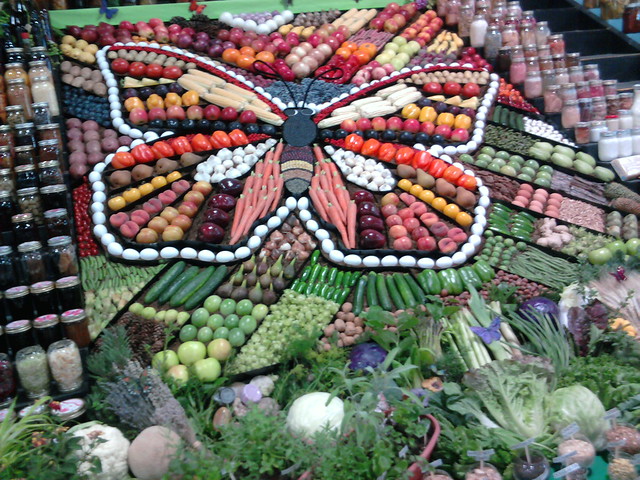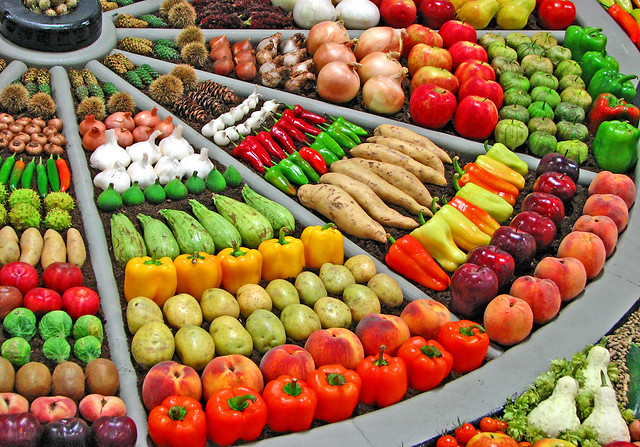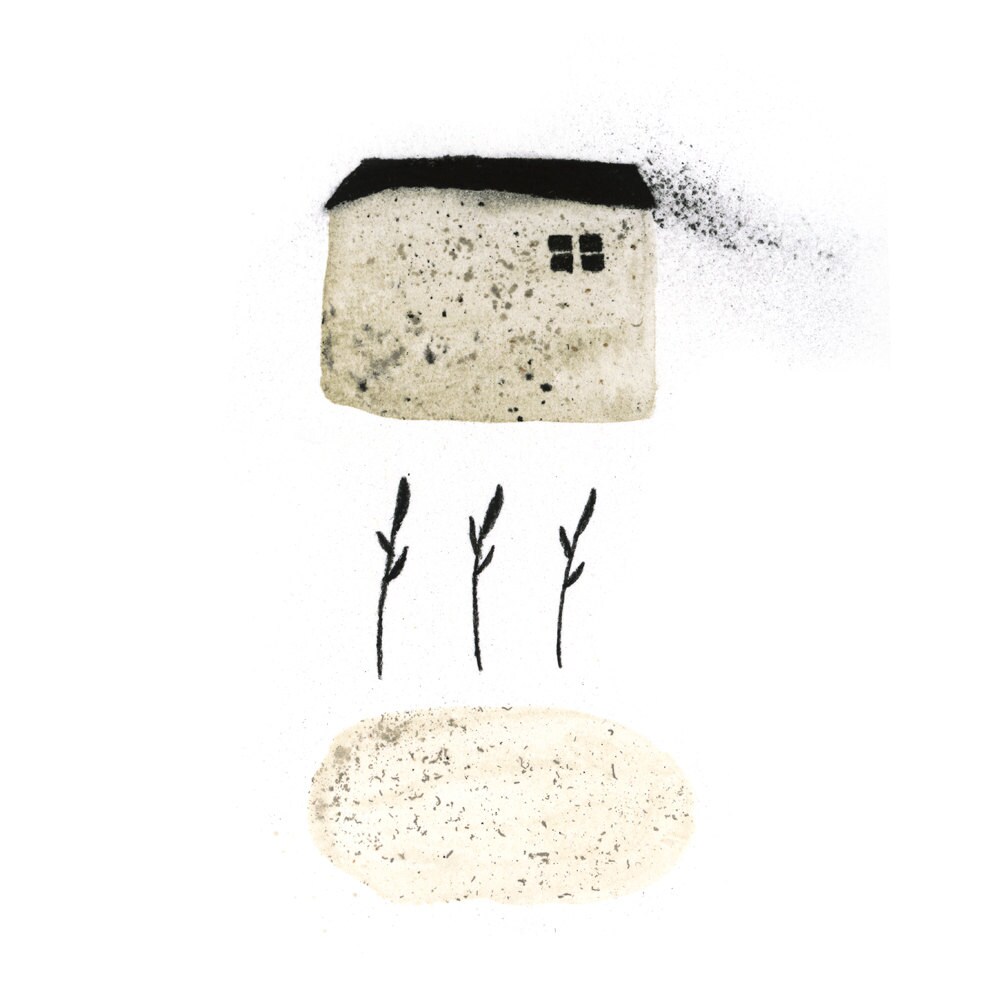
I just Googled "chapati history" to see what I could turn up about one of India's traditional staple foods, "an unleavened bread made from wheat flour [and] often baked over an open fire" (see my collage for the full quote). One of the search results was
this article, which quickly moves into data-based analysis, but first provides a summary of the food's ubiquity:
"Sorghum
roti is known by various names in the different languages of India:
chapati (Hindi),
bhakri (Marathi),
rotla (Gujarati),
rotte (Telugu), etc.
Roti is consumed by children from the age of 2 years as well as adults (Subramanian and Jambunathan 1980). It is eaten at breakfast, lunch, and supper and is frequently stored overnight. Farmers generally carry
rotis prepared early in the morning to the fields for lunch.
Rotis are generally stacked in a pile wrapped in cloth and stored in perforated baskets. Occasionally, they are sun-dried and stored for more than a week.
Roti is consumed with several side dishes depending upon the socioeconomic status of the consumer, e.g., cooked vegetables,
dhal, meat, milk, curd, buttermilk, pickles,
chutneys, sauce, etc. (Subramanian and Jambunathan 1980). Rotis are softened with milk or buttermilk before
feeding to old people and children."

And then there is the highly amusing
Chapati Mystery (also explained on
Smithsonian). However, my hunger was not sated (if you'll excuse the pun).
I think I was looking for a conceptual exploration of staple foods and their role in creating homefeel. I know that my mom makes the same few meals over and over again. I enjoy that, given a certain amount of variation. But I personally happen to be fond of routines, and of my mom's cooking. That might not be true of everyone or even of most people; I simply don't know. Anyway, a staple food is something different: the repetition is there, but the key aspect is that it makes up the bulk of a person's nutritive substance, the calories required for the work of living. There is too much of a diverse balance in my middle-class American diet for the idea of a staple food to even be relevant.
I'm stumped. I don't want to spout off with nothing to back it up.












































